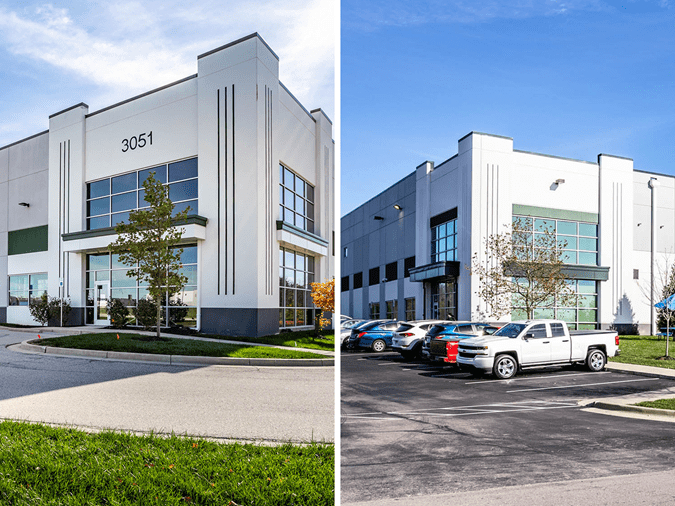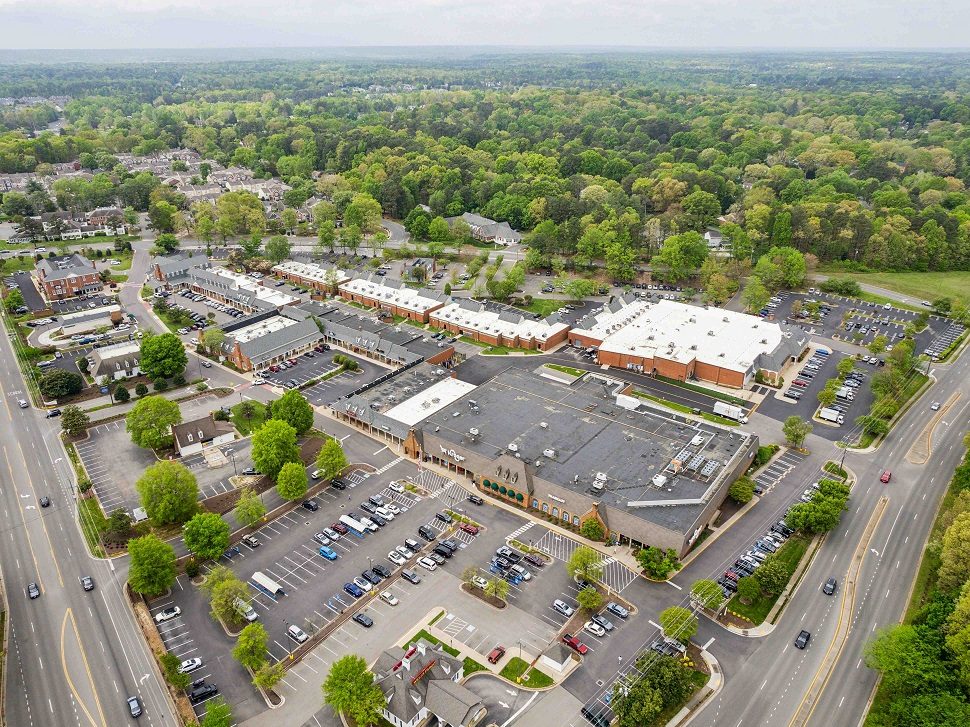July Issue: Law & Policy—Custom-Built Carrots
Attracting growth firms calls for smart incentives.
By Morris A. Ellison, Esq., Contributing Columnist
In the wake of the Great Recession, government initiatives to promote economic growth have varied widely across the nation. Some states targeted manufacturers, while others focused on technology companies and other high-impact, knowledge-based firms. A spirited debate has emerged on the role of economic incentives in these efforts.
Historically, Southern states have targeted manufacturers rather than knowledge-based companies as the engines of economic growth by offering tax incentives aimed at reducing costs. Manufacturers typically make substantial upfront capital investments and create large numbers of jobs. These companies quickly generate property tax revenue for the public coffers.
Knowledge-based technology companies and startups, however, seldom make hefty initial capital investments, nor do they create large numbers of jobs right away. Rather, these employers tend to offer fewer, but higher-paying, jobs that have a greater impact on the economy than an equivalent number of manufacturing positions. As a result, traditional tax breaks linked to job numbers and capital investment don’t appeal to knowledge-based companies, particularly startups that are not yet generating revenue.
The real target should be a category that is best characterized as “growth” companies. Regardless of sector, these companies include startups as well as more established companies that are increasing revenue at a high rate.
Most companies measure success by revenue and profit growth, not by numbers of employees, capital investment outlays or numbers of patents. One study notes that growth firms tend to be eight years old or less, and most economists agree that startups will create the vast majority of future U.S. jobs.
Recent statistics suggest a one-size-fits-all approach to economic incentives may not be best. In May, the nation’s unemployment rate fell to a seven-year low of 5.4 percent; however, job growth during the past few years has been remarkably uneven. Fourteen states have rebounded strongly, with employment increasing 10 percent or more from Great Recession lows. Top performers include Texas and Utah, where employment has risen more than 15 percent, and California and Colorado, where employment is up more than 13 percent. Knowledge-based jobs are a critical component to employment growth in these states.
In contrast, total employment in 10 primarily industrial states has grown just 5 percent or less from Great Recession lows.
Cutting Costs, Growing Jobs
Nevertheless, manufacturing jobs have been an important component of the recovery. Some states that have enticed manufacturers by offering lower production costs have been among the leaders in the comeback. For example, employment increased about 11 percent in South Carolina, 10.5 percent in Georgia, and 9.9 percent in North Carolina. These states all created an attractive business environment in part by taking steps to cut costs, such as taxes on capital investment.
One of South Carolina’s main incentives has been a fee-in-lieu-of-taxes agreement (FILOT), which targets property taxes. A participating company negotiates the agreement with the county where the company is locating or expanding its facility.
Generally, a FILOT agreement enables companies investing at least $2.5 million in a new facility or an expansion over a five-year period to cut their property taxes by about 40 percent annually. A FILOT typically lasts for a set term of 20 to 30 years.
To calculate property taxes, South Carolina calculates uses according to the following formula: property value x assessment ratio x millage (or tax rate) = tax. A FILOT can reduce the assessment ratio of a manufacturing facility from 10.5 percent to 6 percent, and sometimes to as low as 4 percent.
FILOTs may also set the millage rate for the duration of the agreement or modify millage every five years. Any personal property subject to the FILOT depreciates. The approach to assessment is similarly variable. The FILOT agreement either sets the property’s value at cost for the agreement’s entire term or permits an appraisal every five years. That provision offers an opportunity to revisit the property’s value even during the life of the FILOT.
While clearly attractive to a manufacturer, a FILOT is less appealing to knowledge-based and technology firms, since these companies are unlikely to make substantial initial capital investments.
Structuring incentives for knowledge-based firms poses unique challenges. These employers invest significantly in non-tangible intellectual property and hire highly skilled, highly paid employees. Income tax credits can be attractive if those companies are making a profit, but those credits have little appeal for a startup that is losing money while the market determines whether the company’s product is attractive.
Economic development cannot focus on manufacturing to the exclusion of knowledge-based jobs. In his book The New Geography of Jobs, Enrico Moretti notes that each new high-tech job creates five additional jobs outside the high-tech sector. He argues that the “innovation” sector has a disproportionately larger multiplier effect than manufacturing. That means one of the best ways for a state to generate jobs for less-skilled workers is to attract technology companies that hire highly skilled employees.
Attracting knowledge-based companies requires creation of the critical mass of firms and workers needed to sustain a truly competitive, often self-sustaining, high-tech ecosystem. That ecosystem, in turn, requires a landscape that is culturally vibrant, economically robust and entrepreneurial. These qualities are essential to attracting, engaging and retaining the young talent that contributes so heavily to the knowledge-based economy.
Innovative Manufacturing
In the 21st century, innovation isn’t restricted to knowledge-based companies. Manufacturers must also innovate to expand revenues and profits and to respond to changing opportunities. The recovery from the Great Recession has shown that states must look beyond conventional incentives and tailor their strategies to the competitive needs of the companies that are investing capital and creating jobs.
Smart companies, economic development officials and policymakers should focus on growing revenues and profits, not incentives. Despite the differences between the manufacturing and knowledge-based sectors, their workforces are central to both. With that in mind, employers should strive to build the innovative, flexible and adaptable workforce that is a key to growth.
All too often, however, conventional incentives and development strategies fail to address these concerns. Physical infrastructure does not attract and retain employees; opportunity does. Smart economic development is about increasing income for both companies and workers and encouraging innovation. Smart incentives should do the same.
Morris A. Ellison is a partner in the Charleston, S.C., office of the law firm Womble Carlyle Sandridge & Rice L.L.P., the South Carolina member of American Property Tax Counsel, the national affiliation of property tax attorneys. He can be reached at [email protected].








You must be logged in to post a comment.